Over the past 30 years, colorful foliage veggies have become an integral part of winter annual displays in Zone 8 gardens. Riverbanks Botanical played a major role in establishing that lasting trend.
All the veggies look great in our cool fall, usually through early December. But after these coldest days of the year, some get creamed. Those tender ones are worth it but for next year, I wanted a list and photo of the toughest, cold lovers.
I went to Riverbanks Botanical Garden this week to see what Melodie Leach and crew have planted out that still looked great.
Here’s what I found after two nights near 18F and two days when temps topped out at 40F. (In Zone 8, that is super cold!) All of these are growing in open, sunny conditions with no cold protection.
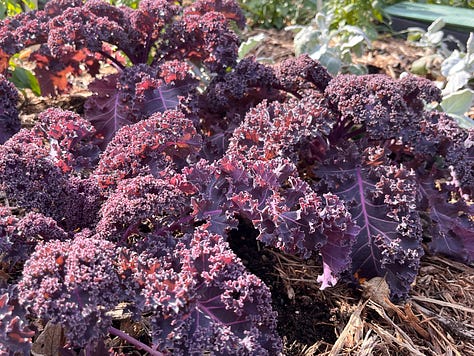
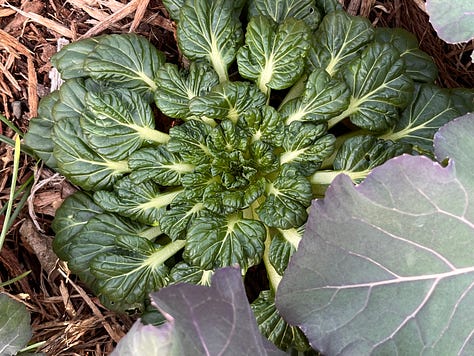
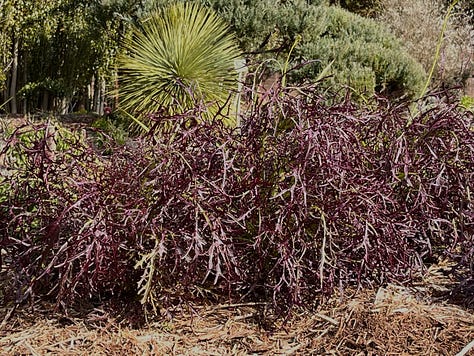
There are three more photos, three more plants at the end of this post. They are also reliable veggies that didn’t flinch in the cold but they were growing other places.
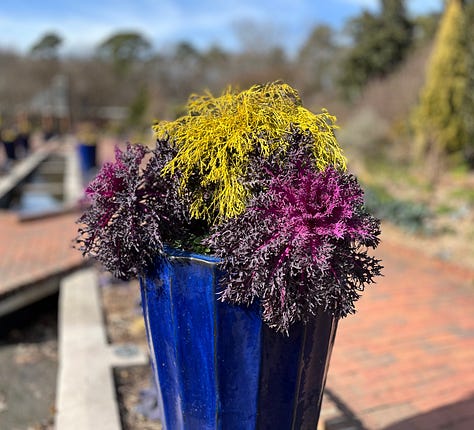
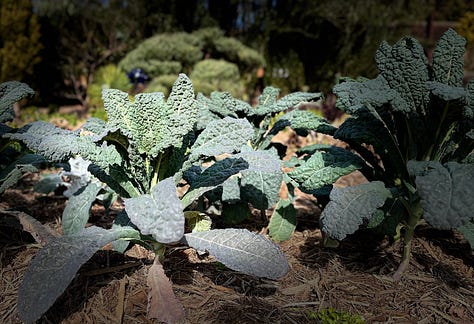
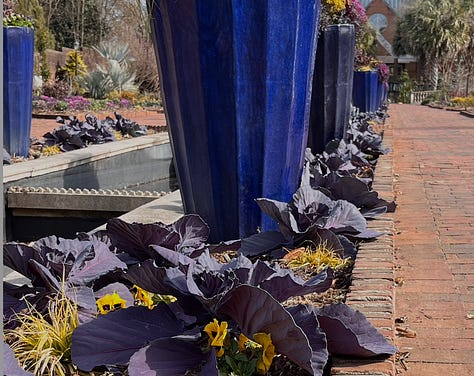
30 years ago, peacock kale was the only one of these readily available in garden centers. Otherwise, fall planting meant endless beds of pansies with little textural accompaniment.
We wanted to change that. The first things I tried, got no traction: milk thistle, scotch thistle and other evergreen rosettes looked spikey and inelegant to my coworkers.
My mentor, Dr. J.C. Raulston, gave me a nudge. “You grew up on a poor country farm growing mustards and collards for winter food and income,” he said. Then you went out West and fell in with a bunch of Asian people who grow tatsoi, mizuna, and such as summer crops. Those things would be winter plants here. Put your experiences together.” He led me to these trials and a phrase that became a mantra: ‘Liberate Your Pansies!’
Back then, seeds of these plants were difficult to find. But we did that, created trials, and worked with growers, retail nurseries, and even the city horticulturist to get the best into the trade. A huge display, a media blitz, and soon, even a young student did a PhD on how growers could produce and make money with colorful fall foliage veggies.
That’s an abbreviated version of the story told in Garden Disruptors. And that sort of project, as well as the fact that we were a crew of creative, progressive misfits working in a small conservative town, led to the complete title of the book- Garden Disruptors; The Rebel Misfits Who Turned Southern Horticulture on its Head.
Join me on Thursday, Feb 1, 2023 to hear more of these stories– tales sort of about plants but really about people who love plants. Stories from so many decades ago can feel like past glories. But there’s more to gardening than plants. Gardening can be cultural anthropology. We need to look back at the good and the bad.
Otherwise, there’s no going forward. Today, more than ever, we need to make new Southern gardens based on an understanding of climate, but inclusive, imaginative, and inspired by the people from all over the world who are moving to the South.
Join us Thursday night, February 1, 2023, Florence Museum, Florence, SC Link

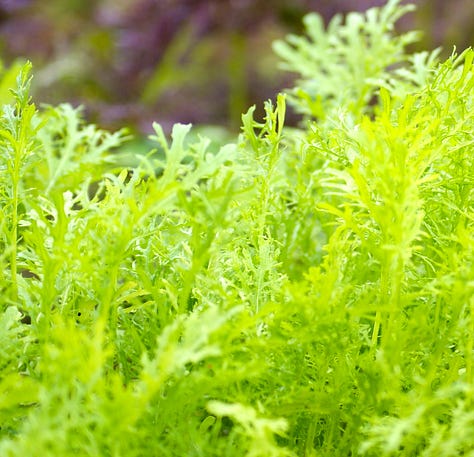
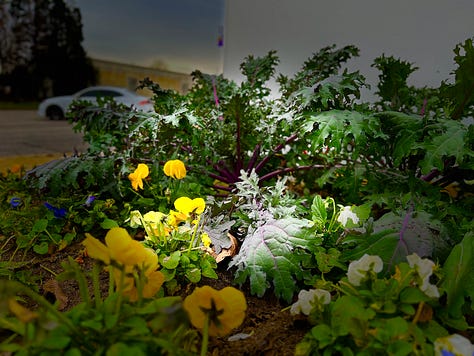





Jenks, I am impressed with these plants that survived those cold days. Thank you for these ideas. I covered everything still producing in my garden, but now I realize that some of it did not even need to be covered. The arugula is fine--the cabbages never blinked--and worst of all, the tiny weeds are STILL GREEN. I wish I could be in Florence to see you, but I'll see you soon at FLFF.